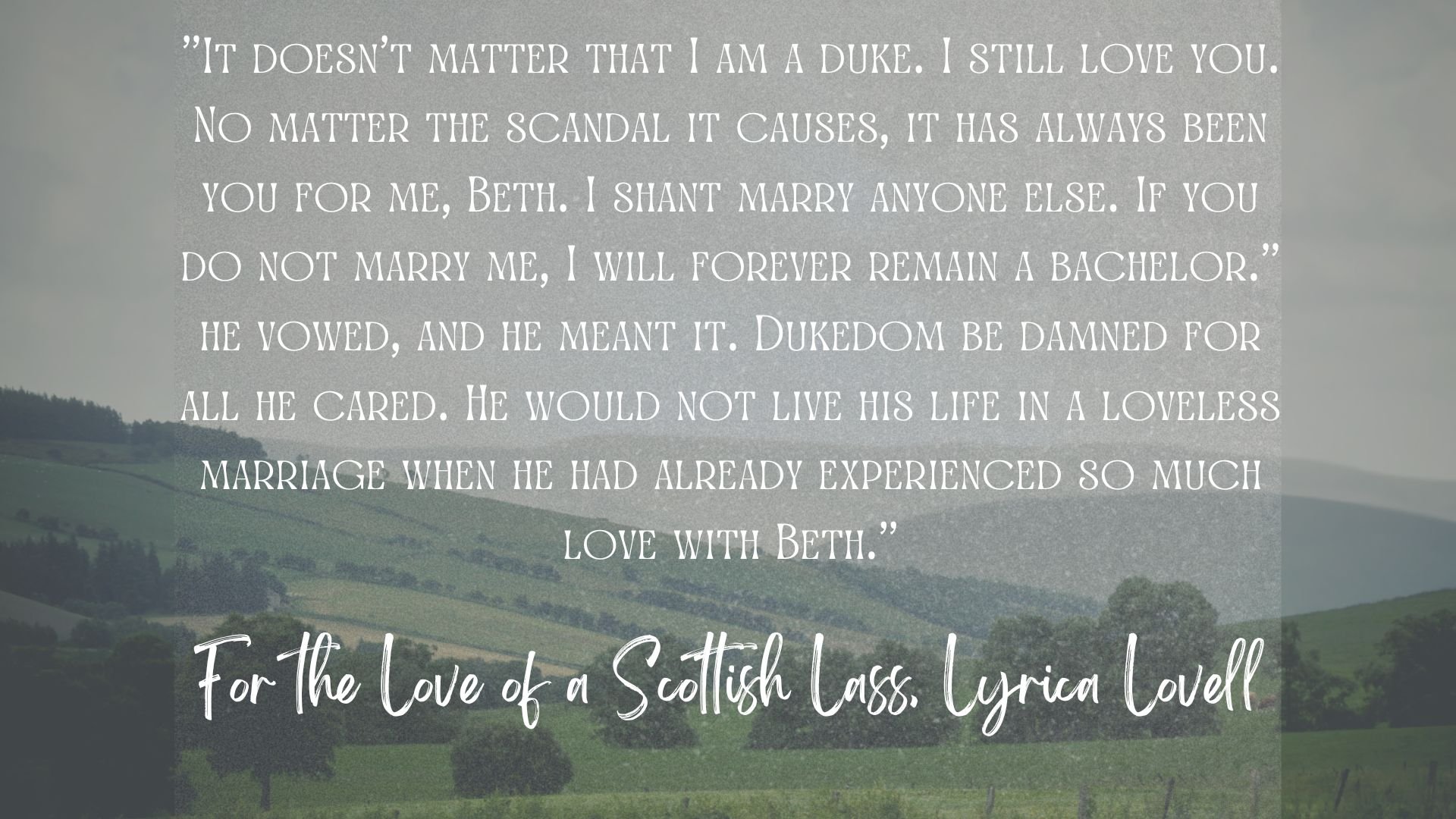
Pantomimes in Regency Era England
When I think of Regency Era England, images of elegant balls, grand estates, and dashing dukes often come to mind. However, this period also gave rise to one of the most cherished forms of entertainment in British culture—the pantomime. These theatrical performances were the highlight of the Christmas season, captivating audiences with their blend of comedy, music, dance, and dramatic storytelling. Let’s dive into the enchanting world of pantomimes and explore their significance during the Regency era.
The Roots of Pantomime: From Italy to England
Pantomimes in England have their origins in the Italian tradition of commedia dell’arte, a form of theater known for its improvisation and stock characters. As this theatrical style made its way across Europe, it evolved into something distinctly English. By the Regency period, pantomimes had become a structured and elaborate form of entertainment known for their unique combination of slapstick humor, magical transformations, and moral lessons.
A Night at the Theatre: What Made Pantomimes So Special?
One of the defining features of Regency pantomimes was the Harlequinade. This segment of the performance featured a comedic chase involving characters like Harlequin, the clever servant; Clown, his bumbling counterpart; Columbine, the love interest; and Pantaloon, an old man often portrayed as greedy or foolish. The Harlequinade was a crowd favorite, with its physical comedy and chaotic energy bringing the audience to fits of laughter.
Another hallmark of Regency pantomimes was the transformation scene. These scenes were nothing short of magical, featuring elaborate special effects that turned people into animals, objects into other objects, or entire settings into something entirely different. The transformation scenes were a showcase of the creativity and technical skill of the era’s set designers, who delighted audiences with their ingenuity.
Audience participation was another unique aspect of pantomimes. Unlike other forms of theater, where audiences were expected to remain silent and attentive, pantomimes encouraged active engagement. Spectators would cheer for the heroes, boo the villains, and even exchange witty banter with the actors. This interactive element made pantomimes particularly lively and fun, drawing in crowds from all walks of life.
Iconic Pantomimes of the Regency Era
One of the most famous pantomimes of the Regency era was “Mother Goose,” first performed in 1806 at the Theatre Royal, Covent Garden. This production tells the story of an old woman who acquires a magical goose that lays golden eggs. The tale, filled with moral lessons about greed and kindness, quickly became a template for future pantomimes. The success of “Mother Goose” solidified pantomimes as a staple of the Christmas season.

Two theaters in particular—Covent Garden and Drury Lane—became the epicenters of pantomime during the Regency period. These theaters competed fiercely to produce the most extravagant and popular shows, drawing in London’s elite as well as commoners eager for a night of entertainment. Their productions were known for their lavish costumes, stunning stage designs, and large casts, making them must-see events during the holiday season.
Pantomimes in For the Love of a Courtesan by Lyrica Lovell
I have a fun Pantomime scene in my upcoming book, For the Love of a Courtesan! In this scene, the beloved characters North (aka Collin Howard, the Duke of Norfolk) and Kitty (AKA Cathrine Davenport, his previous Courtesan) attend a pantomime! It is a moment of great fun in the novel and helps to lighten the tension as, overall, this book has a very heavy feel to it. Between the PTSD North suffers and the threats Kitty endures in society, I felt like the characters needed a little fun. This is the third book in my series, Lords of Seductive Language, and it has tropes like age-gap romance as North is 12 years older than Kitty, wounded soldiers, and Rakes-and-Servants.
The Legacy of Regency Pantomimes
Pantomimes in the Regency era were more than just theatrical performances; they were a reflection of the cultural and social dynamics of the time. These productions often included satirical commentary on contemporary issues, making them relevant and engaging for audiences. The themes of morality, fantasy, and humor resonated with people of all ages, ensuring pantomimes remained a beloved tradition for generations.
Today, the legacy of Regency pantomimes lives on in the form of modern Christmas pantomimes, which continue to be a cherished part of British theater. While the stories and characters may have evolved, the spirit of fun, fantasy, and audience participation remains at the heart of this enduring tradition.
Lyrica Lovell
Lyrica Lovell is a regency and historical romance author. She loves to pen historical romance novels hailing from England and Scotland in the early 1800s. Lyrica fell in love with the genre when she was 16 and has read over 400 books within the regency romance sphere. Not only does she love to write the genre, but she loves to read just about everything in it. Stick around for fantastic book reviews, short stories, and more.
You May Also Like

A Hidden Gem in Edinburgh: McEwan’s Tavern and its Role in For the Love of a Scottish Lass
August 19, 2024
Regency Era Duels: Romance Novel Research
April 17, 2025




